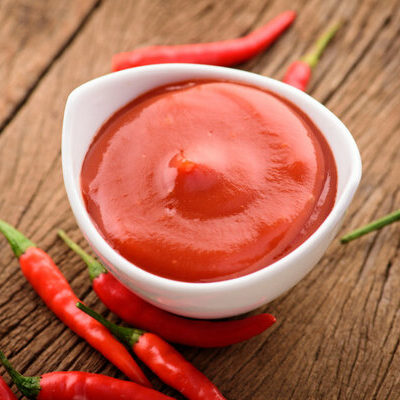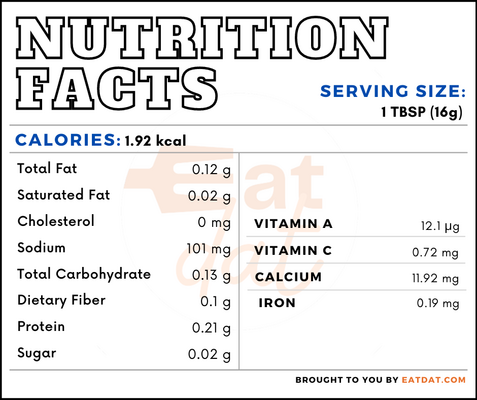
Hot Sauce
What is Hot Sauce?
Hot sauce is a condiment of American origin with chili peppers as its main ingredient. Salt, vinegar, fruits, vegetables, mustard, wasabi, spices, and even sugar may be added for flavor. Many of these sauces are fermented to give more depth to their flavor. Hot sauce is used as a condiment but is also utilized to increase the spice levels of different dishes during cooking.
- In addition, it is commonly used to marinade or baste meats.
- Other cuisines, including Korean, Thai, and Mexican, have their own versions of hot sauce.
Some of the popular hot sauce brands include:
- Cholula
- Frank’s RedHot
- Sriracha
- Tabasco
- Tapatío
- Texas Pete
- La Costeña
- Crystal
- Taco Bell
- Ninja Squirrel
Origin of hot sauce
This spicy sauce dates back 7,000 years, and originated in Mesoamerica. The first known hot sauce, a simple mixture of chilies and water, was used by the Aztecs for cooking, medicine, and even warfare. They remained locally popular for several centuries until the Spanish colonization, which spread chilies into Asia, Africa, Europe, and the Caribbean. The first modern chili sauce was made from tabasco peppers, in 1870 by Edmund MchIlhenny. Since then, there have been a variety of hot sauces with different ingredients and heat levels.
Nutrition
Nutritional profile for hot sauce (1 tbsp, 16g):

Hot sauce is rich in potassium, sodium, carotene, vitamin A, and cryptoxanthin. In addition, it contains calcium, magnesium, phosphorous, and lutein + zeaxanthin. The chili peppers present in hot sauce have multiple health benefits. Regular consumption may help in decreasing cholesterol and hypertension, increasing absorption of healthy fats (HDL) and satiety, as well as preventing diseases like diabetes, obesity, gastrointestinal diseases, and cardiovascular diseases. Also, it has antibacterial and anticancer properties, and may help in managing atherosclerosis and metabolic syndrome.
Commercial production
To prepare hot sauce, the main ingredients required are chilies, salt, garlic, and vinegar. The peppers used are always fresh. First, their stems are removed, and then sorted and cleaned out. Then, the chilies are crushed into a paste or a puree, and the seeds are separated and also crushed. After that, the other flavoring agents, such as garlic and salt, are mixed into the puree. Finally, the sauce is ready to be homogenized and packaged.
Hot sauce recipes
This sauce is typically used to bring heat to a variety of dishes. Here are a few recipes:
- Spicy Yogurt Sauce
- Creamy Buffalo Chicken Dip
- Grilled Cheese
- Shrimp Tacos
- Honey Garlic Sriracha Chicken
- Grilled Eggplant with Crispy Eggs
- Garlic Wings
- Orange Soda Hot Wings
- Hot Sauce Smashed Burger
- Buffalo Wings
FDA regulations
Hot sauce falls under the sauces, dips, gravies, and condiments category. The FDA deines it as a ready-to-use sauce prepared from ingredients such as fermented red peppers, jalapeño peppers, chipotle peppers, habanero peppers, garlic, distilled vinegar, salt, spices, as well as stabilizers. It must have a pungent flavor and aroma.
References
The History of Hot Sauce, Whalebone Magazine, https://whalebonemag.com/history-hot-sauce/
Sanati, Setareh et al. “A review of the effects of Capsicum annuum L. and its constituent, capsaicin, in metabolic syndrome.” Iranian journal of basic medical sciences vol. 21,5 (2018): 439-448. doi:10.22038/IJBMS.2018.25200.6238, https://www.ncbi.nlm.nih.gov/pmc/articles/PMC6000222/
McCarty, Mark F et al. “Capsaicin may have important potential for promoting vascular and metabolic health.” Open heart vol. 2,1 e000262. 17 Jun. 2015, doi:10.1136/openhrt-2015-000262, https://www.ncbi.nlm.nih.gov/pmc/articles/PMC4477151/
